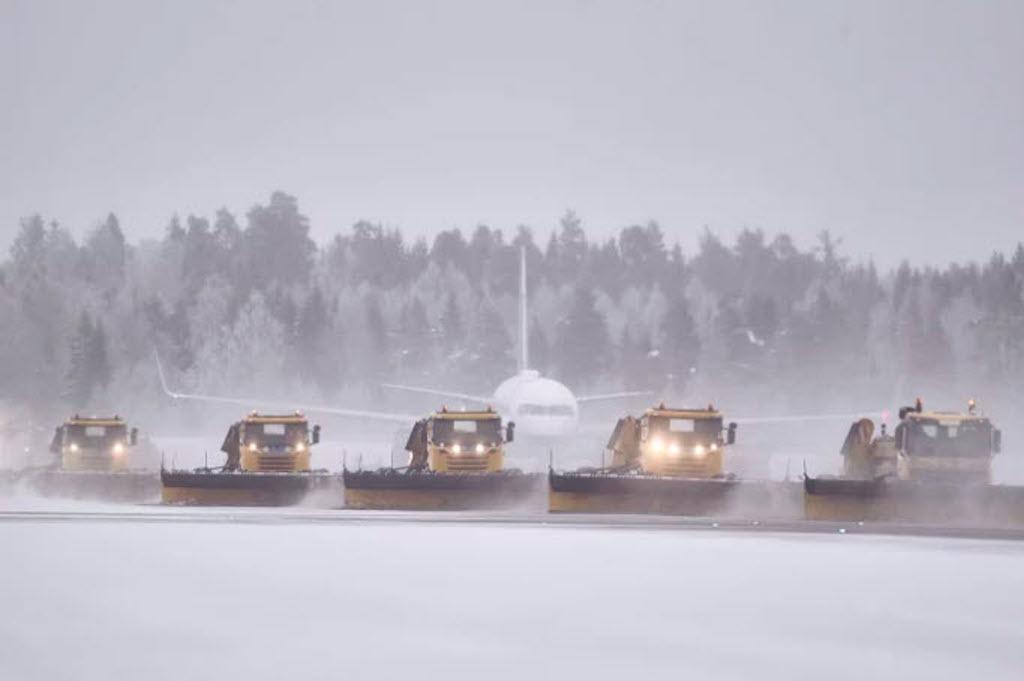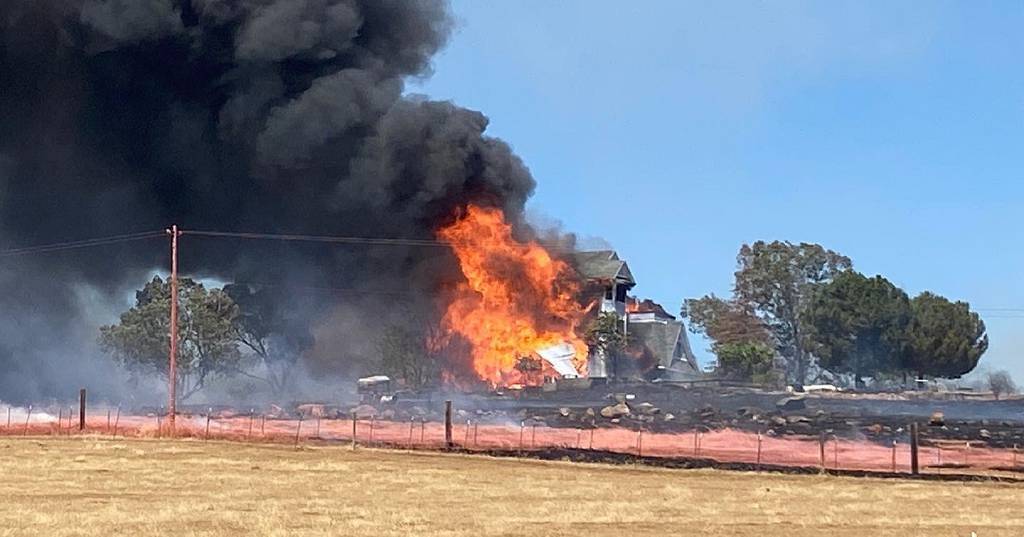Protecting Aviation Infrastructure: Are We Prepared? Part 3

In Part 2, we discussed the effects of sand and dust on aircraft operations.
Changes in local wind patterns have the potential to disrupt operations by changing the favored runway, possibly to a runway with tighter climb-out requirements, and they may negatively affect the distribution of the noise impact.
Olav Mosvold Larsen and Kristin Fjellheim of Avinor, the state-owned limited company that operates 43 civil airports in Norway, evaluated the effects of changes of the North Atlantic jet stream on local wind directions. In a study titled “Adapting Airports to a New Climate,” the authors determined that the potential effects of changing wind patterns include crosswind impacts on airport capacity and operational disruption if winds are too strong.
As a result of this uncertainty, planners at Stavanger Airport decided recently to keep the secondary cross runway as there has been a clear tendency toward changing wind directions over the last few years.
Increased Inflight Icing
It would be tempting to assume that warmer temperatures will mean less inflight icing. That would be a false assumption. The general warming trend actually will lead to more temperature bands in the atmosphere that increase the potential for inflight icing.
The presence of large, supercooled droplets at a temperature between -4 degrees C and -14 degrees C depends on a number of conditions including availability of large amounts of water vapor. There will be an increase of moisture in some latitudes, which increases the chance of occurrences of conditions favorable to icing. Furthermore, warming will extend conducive temperatures to higher altitudes; thus, the upper limit of icing layers is likely to increase. A rise of the tropopause due to the higher temperatures and higher moisture of tropical air masses is likely to increase high-altitude icing and more intense cumulonimbus clouds.
According to an International Civil Aviation Organization special report, “Adapting Aviation to a Changing Climate,” aircraft with limited engine power and rudimentary anti-icing devices will especially be affected. This suggests a need to have a fresh look at the current regulations for twin-engine aircraft operations over oceanic airspace, as the loss of power in one engine would force such aircraft to fly at levels affected by icing (i.e., in the range between FL130 and FL160).
Planning Needed To Reduce Vulnerability

The professionals who work the lines of raging wildfires know how much worse these fires have grown in recent decades. Back in the 1990s, the wildland firefighting community considered an incident over 100,000 acres to be “exceptional.” In contrast, from July through October 2021, the Dixie wildfire in California burned an area larger than Rhode Island. Don’t try telling a wildland firefighter that these are mere statistical anomalies. The duration of the wildfire seasons and the previously rare “extreme fire behavior” are becoming the new normal.
Once-unthinkable events are occurring with too much regularity to be tritely disregarded as mere statistical anomalies. Other parts of the globe, particularly the Mediterranean region and Australia, are also experiencing massive wildfires that are overwhelming their firefighting resources. The city of Portland, Oregon, reached an unbearable 116 degrees F on June 29, 2021, and many other temperature records in the region were smashed as well. The entire state of Texas took a direct hit when its under-designed power grid was unable to cope with challenging temperatures in the winter of 2021.
The U.S. Department of Defense realizes it must adapt current and future operations to address the impacts of a variety of threats and conditions, including those from weather and related natural events. Planning for changes in extreme weather events will help the aviation industry to reduce its vulnerability to this aspect of climate change. The protection of critical infrastructure is a complex and costly problem. These problems require a multi-disciplinary working group to include meteorologists, climatologists, civil engineers, mechanical engineers, aeronautical engineers and biologists.
Both military bases and civilian airports are important for driving local economies. When they are destroyed by natural disasters, there is a ripple effect economically in the region. The consequences on a region’s safety and economy when vital infrastructure isn’t adequately designed to function in abnormal weather events can be severe.
These events present a clear and worsening danger to the safety, health and economic functioning of large regions of our nation. Our public infrastructure is woefully “behind the power curve” in terms of being adequately designed and maintained for the new normal.
Protecting Aviation Infrastructure: Are We Prepared? Part 1: https://aviationweek.com/business-aviation/airports-fbos-suppliers/prot…
Protecting Aviation Infrastructure: Are We Prepared? Part 2: https://aviationweek.com/business-aviation/airports-fbos-suppliers/prot…





